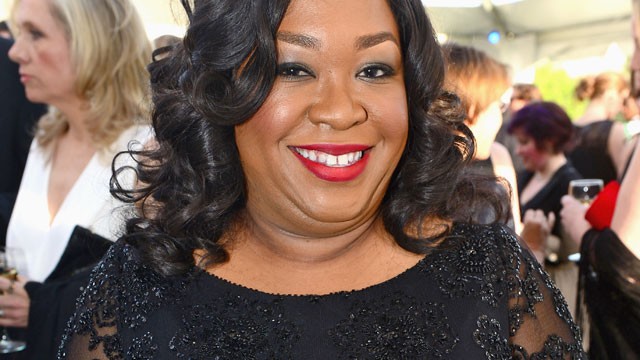The New York Times' Diversity Problem
In late September, the New York Times’ piece on television producer Shonda Rhimes hadn’t even appeared in the Sunday paper before the online world blew up over its seemingly racist and sexist content.
Written by TV critic Alessandra Stanley, the piece on the highly successful African-American producer Shonda Rhimes starts, “When Shonda Rhimes writes her autobiography, it should be called “How to Get Away With Being an Angry Black Woman.”
The New York Times’ quickly issued an apology of sorts (An Article on Shonda Rhimes Rightly Causes Furor). Stanley claimed to have “referenced a painful and insidious stereotype solely in order to praise Ms. Rhimes and her shows for traveling so far from it.”
Though the racism is new, Stanley has an infamous track record for tearing down women. Stanley’s column about Katie Couric, which came out nearly a decade ago, was so brutal that it is still mentioned in media circles. Two years after it ran, New York Magazine wrote, “The Times has had some great moments in cattiness…But Alessandra Stanley’s 2005 categorization of Katie Couric’s Today Show persona as ‘downright scary’ is one of the greats.”
Who is responsible for the New York Times’ diversity problem?
Ultimately, Stanley is responsible for her piece, but editors played a major role. The Times’ culture editor, Danielle Mattoon, claimed that multiple editors – at least three – read the article in advance, but none of them raised any objections or questioned the content. Mattoon’s excuse?: “Alessandra used a rhetorical device to begin her essay, and because the piece was so largely positive, we as editors weren’t sensitive enough to the language being used.”
This lack of sensitivity may be the result of a lack of diversity.
Dean Baquet, the executive editor, made history a few months ago when he became the first black editor to lead The Times; he replaced the paper’s first female executive editor, Jill Abramson. Baquet has said he sees a problem with diversity in some areas of the newsroom, including among the 20 cultural critics, where there are only two persons of color — the chief book critic, Michiko Kakutani, and a TV critic, Mike Hale — and no black critics.
“I would criticize us for that,” Baquet said. “I would love to diversify that area,” as well as others. He noted that The Times has had black critics in the past, specifically mentioning Margo Jefferson, but now, he said, “it’s an issue and we need to work on it.”
“The role of editors is crucial here. Editors constantly save writers from mistakes or misjudgments. Writers can’t always take the long view or judge adequately whether their tone or rhetorical devices are working as they think they are. I can’t count the number of times an editor has done me that great service.”
“But several things have to happen for that to work effectively. Editors have to be able to recognize pitfalls – and a more diverse staff of editors throughout The Times could certainly help with that. (Among the more than 15 culture editors, for example, just a few are nonwhite.) And they have to be empowered to do so.”
At A. Wordsmith Communications we are lucky to work with the American Copy Editors Association (http://www.copydesk.org), an international alliance of editors. The role of editors goes beyond ensuring clarity and grammatical correctness. A good editor, an empowered editor, should act as the final gut check. ACES understands this, and will be tackling the issue of diversity in editing this year, leading up to their national conference in Pittsburgh in March.
The bottom line is that there is an opportunity to make meaningful change, and at The Times would be a good place to start.
